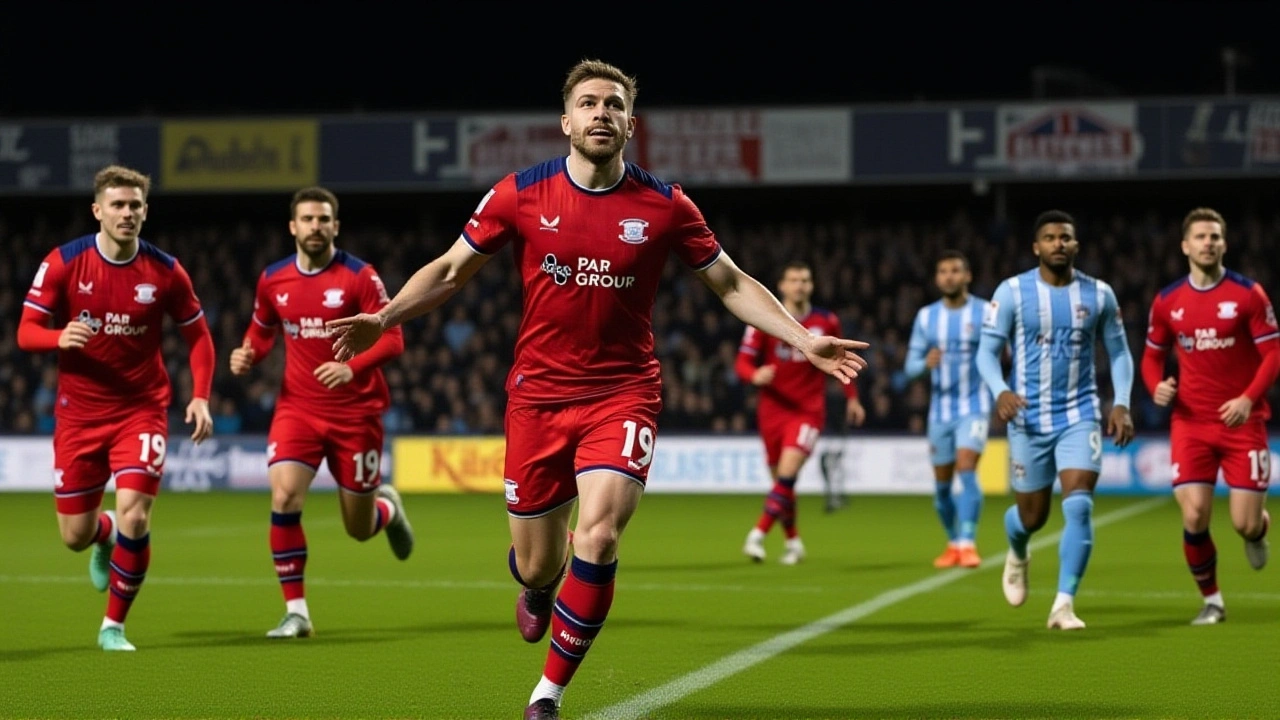Vertigo: Symptoms, Home Relief and When to See a Doctor
Vertigo feels like the room is spinning around you. It’s not the same as general dizziness — vertigo usually means a problem with your inner ear, balance system, or sometimes your brain. Knowing simple steps to handle an episode can cut panic and speed recovery.
What vertigo looks like
Common signs are a spinning sensation, nausea, loss of balance, and trouble focusing your eyes. Symptoms can come on suddenly and last seconds, minutes, or hours. If moving your head or changing position triggers it, that often points to benign paroxysmal positional vertigo (BPPV), the most common type.
Quick first-aid for an episode
If you get a sudden spell, sit or lie down right away and stay still until the feeling eases. Put your head on a pillow so your neck is supported. Focus on a fixed point on the ceiling or wall to help your brain reorient. Avoid driving, climbing, or operating heavy machinery until you’re steady again.
You can try the Epley manoeuvre at home for BPPV, but only after watching a trusted video or getting a clinician to show you. The basic idea: sit, turn your head 45° to the affected side, lie back quickly so your head hangs slightly, hold, then roll your head and body in set steps to move the tiny crystals in your inner ear. If you feel worse or symptoms don’t improve after a few attempts, stop and see a professional.
Over-the-counter anti-nausea medicine can help the sick feeling, and a calm, dim room reduces sensory overload. Drink small sips of water to avoid dehydration during nausea. Avoid sudden head turns for a day after a big episode.
Simple lifestyle moves cut down flare-ups: get up slowly from lying or sitting, sleep with your head slightly raised if position triggers your symptoms, limit alcohol and caffeine, and treat ear infections quickly. If you have migraines, controlling them often reduces vertigo episodes tied to migraine activity.
Doctors sometimes prescribe short courses of vestibular suppressant meds (like meclizine) or recommend vestibular rehabilitation — exercises that retrain balance and eye coordination. For some BPPV cases, a trained clinician will perform repositioning maneuvers that work better than trying them alone.
Watch for red flags: sudden severe headache, double vision, weakness on one side, difficulty speaking, fainting, chest pain, or symptoms that follow a head injury. Those could be signs of a stroke or other serious problem and need emergency care right away.
Want local angles or recent reporting? Check the CottonCandi News vertigo tag for health write-ups, patient stories, and coverage of local clinics and specialists. If vertigo keeps returning, book a visit with a GP, ENT, or a physiotherapist who specialises in vestibular rehab — they’ll sort testing and a clear plan.
Short, practical steps plus the right specialist can turn a scary episode into a manageable problem. If you’re unsure what’s causing your dizziness, ask a clinician — getting the cause right matters for the right treatment.



